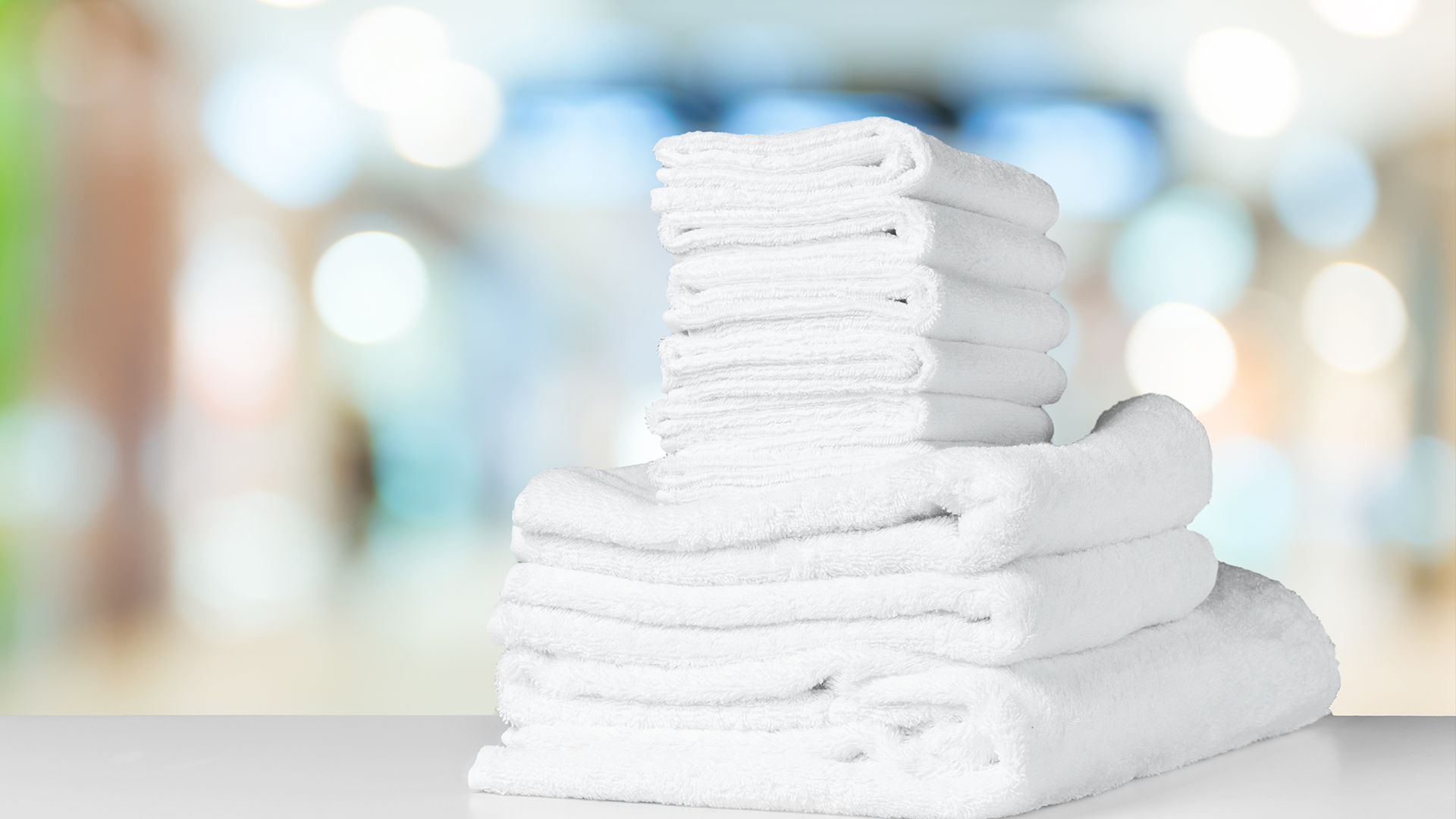Double Washing Linens Effectively Cleans Clothing Contaminated With Cyclophosphamide
Research published in the Clinical Journal of Oncology Nursing supports current guideline recommendations for washing clothes contaminated with cyclophosphamide.
Double Washing Linens Effectively Cleans Clothing Contaminated With Cyclophosphamide

Washing a garment twice, with or without detergent, effectively removes cyclophosphamide contamination from clothing, according to a pilot study published in the Clinical Journal of Oncology Nursing. However, it is important that these garments be washed separately from uncontaminated clothing.
When following these guidelines, the contamination levels for all the study samples were below the target goal of 1 ng/ cm2. After washing, the sample of shirts that were washed with water and detergent showed contamination levels of 0.057 ng/ cm2, 0.08 ng/ cm2, 0.08 ng/ cm2, 0.079 ng/ cm2, 0.075 ng/ cm2, in samples 6 though 10, respectively; 0.058 ng/ cm2, 0.058 ng/ cm2, 0.053 ng/ cm2, 0.051 ng/ cm2, and 0.043 ng/ cm2, in samples 11 through 15, respectively, and 0.073 ng/ cm2, 0.076 ng/ cm2, 0079 ng/ cm2, 0.084 ng/ cm2, and 0.067 ng/ cm2, in samples 16 through 20, respectively.
Moreover, among 5 uncontaminated shirts that were washed alongside the contaminated clothing, 3 were reported to have the following respective contamination levels: 0.003 ng/ cm2, 0.003 ng/ cm2, and 0.002 ng/ cm2.
“Clinical oncology nurses frequently have difficulty educating family members and caregivers of patients receiving chemotherapy about the appropriate methods of washing patient linens because the evidence regarding the effectiveness of laundry methods recommended by clinical guidelines is lacking,” study authors wrote. “This study showed that [cyclophosphamide] could not be completely removed even after washing the clothing twice and that contaminated clothing spread traces of [cyclophosphamide] to uncontaminated clothing if washed together.”
“Therefore, nurses can educate patients, family members, and caregivers about wearing personal protective equipment when washing patients’ clothing and about washing contaminated laundry separately from uncontaminated laundry for both washes,” they added.
As the study authors highlight in the study, current guidelines lay out best practices in cleaning linens that have been contaminated with cancer therapies. However, there is insufficient evidence supporting these guidelines. Further, no studies have documented whether anticancer drug residue adheres to the uncontaminated laundry if they are washed together. Investigators theorized that they could reduce the caregiver burden if washing the clothing separately proved unnecessary.
The Oncology Nursing Society Currently recommends that contaminated linens be washed twice, sperate from other laundry, with hot water, detergent, and bleach. It also recommends wearing personal protective equipment (PPE). In Japan, where this study was conducted, the Society of Cancer Nursing also recommends washing it twice, and separate from other laundry, although these guideline state that washing the linens together on the second wash is okay. The Japanese guidelines do not dictate that the water be hot or that bleach be used, although it does recommend detergent and wearing PPE. In both guidelines, it is recommended that family members at home wear the PPE when the patient is unable to do their own laundry.
For this pilot study, investigators looked at 15 shirts that had been specially contaminated with 10 mg of cyclophosphamide and divided them into 3 study groups. Baseline cyclophosphamide measurements were collected on 5 uncontaminated shirts.
Prior to the intentional cyclophosphamide contamination, there was no detection of the drug on the shirts. Before washing, investigators reported that the mean cyclophosphamide contamination in their study sample was 10.2 mg, with a standard deviation (SD) of 0.16.
The shirts were washed in 12 L of water, which is the minimum amount of water needed by the washing machine, for each cycle of washing and rinsing. Across 2 washes, a total of 47 L were used. For groups 1 and 3, 4 ml of laundry detergent was added to each washing cycle. Each shirt was washed for 8 minutes, rinsed once, and partially dried for 6 minutes, as the standard washing procedure. The different shirts were washed in accordance with their group:
- In group 1 (shirts 6 though 10), water and detergent were used. These contaminated shirts were washed twice with water and detergent.
- In group 2 (shirts 11 through 15), the contaminated shirts were washed twice with water alone.
- In group 3 (shirts 16 though 20), the contaminated shirts were washed along with uncontaminated shirts with water and detergent.
Before washing, the mean cyclophosphamide contamination amount was 10.2 mg. After washing the garments twice, there were no shirts with contamination levels greater than 1 ng/cm2. Contamination was identified on 3 of the previously uncontaminated shirts that were washed with contaminated shirts.
Shirts in group 2 showed significant decreases in contamination levels compared with group 1 (P = .003).
The study authors concluded by noting that avoiding exposure, whenever possible, to hazardous drugs, is crucial for health care workers and caregivers. They acknowledge that the pilot study has limitations, and that additional research is necessary to determine the optimal washing recommendations for contaminated clothing. Nevertheless, they assert that the research presented in this study supports current guideline recommendations.
Reference
Tanigawa H, Hirohara M, Nakamura Y, et al. The effectiveness of washing clothing contaminated with cyclophosphamide: a pilot study. J Clin Oncol Nurse. 2023;27(3):289-294. doi:10.1188/23.CJON.289-294


